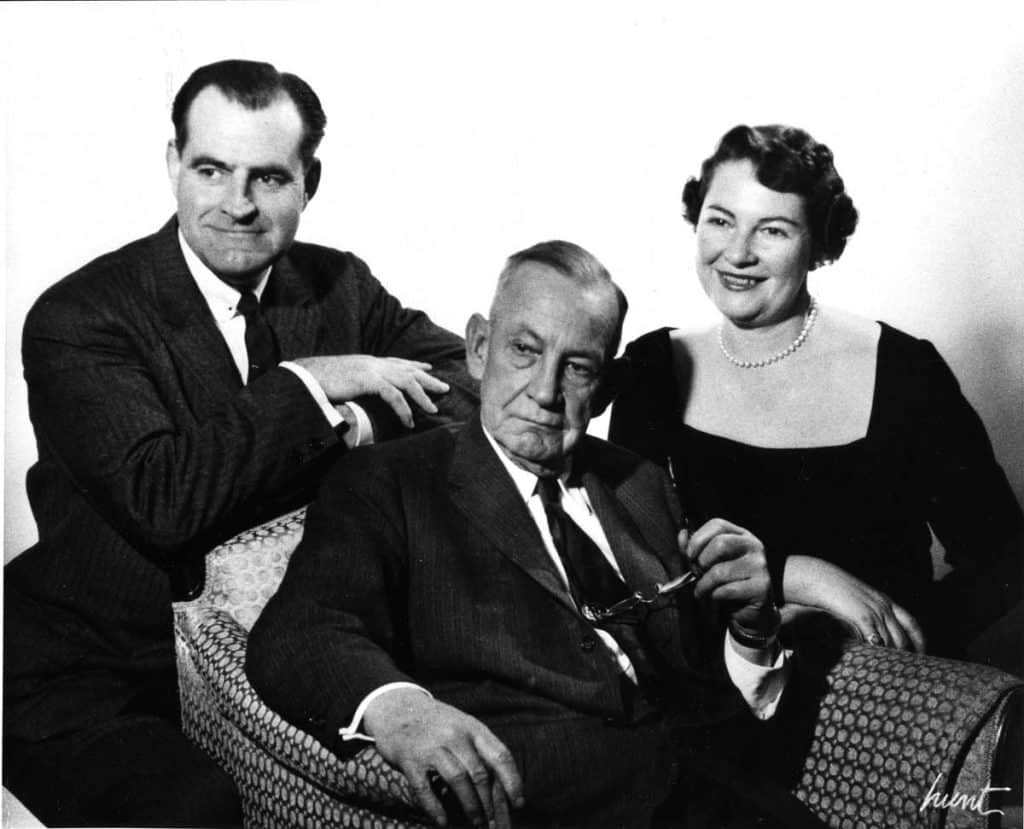The following is the fourth article in a series on Park City and Ketchum, Idaho.
In 1936 Averell Harriman, CEO of the Union Pacific Railroad built Sun Valley Resort to help revive his ailing passenger rail business and in the process forever changed skiing in North America. A quarter-century later Park City embarked on a similar strategy.
Jack Gallivan lived in Park City the first five years of his life. His father, Dan, worked as a miner for the Daly West Mine. He was one of the first responders to the Daly West disaster of 1902 that claimed the lives of over 30 miners – the worst mining accident in Park City’s history.
Tragedy touched the Gallivan family in 1920 when Jack’s mother (Frances Wilson Gallivan) unexpectedly died. His father arranged for Jack to be raised by his mother’s sister, Jennie Kearns. She was the widow of the late Judge Thomas Kearns – Utah Senator, co-owner of the Silver King Coalition Mines Company and co-owner of the Salt Lake Tribune (the dominant newspaper in Utah). In 1937 Jack began working for the Tribune – he would do so for the next sixty (60) years. His career proved brilliant by every measure. Jack forged alliances that transcended political, religious, and socioeconomic differences. His devotion to the betterment of Utah, Park City, and his faith (Roman Catholicism) knew no limits.

Credit: Park City Historical Society & Museum, Jack Gallivan Photo Collection
For Park City, the dawn of the 1960s promised further economic misery. Cheap foreign commodities flooded the US market, depressing metal prices. The local mining industry had already been in a steady decline for thirty years. In 1930, 4,300 people proudly called Park City home. By 1950, less than 1,200 did so. World War II, and its attendant demand for lead, provided only temporary relief. The Allied victory ensured resumption of the downward spiral. In 1949 900 miners lost their jobs – most would never be rehired. Adding insult to injury, in 1951 a popular book – “Ghost Towns of the West” – included Park City despite the fact that over 1,000 people lived in town.
The loss of jobs and ensuing wage erosion fueled an increase in labor strife. Prolonged and bitter strikes occurred throughout the 1950s. Local and national media covered the town’s death throes. Jack was determined to resuscitate the local economy and build a brighter future. Averell Harriman harnessed the economic potential of snow, sun, and mountains at Sun Valley for Ketchum. Jack, with a little help from his friends, would do the same for Park City.
In 1959, in anticipation of a run for the presidency, Senator John F. Kennedy made a tour of the western states, including Utah. John Fitzpatrick, then publisher of the Salt Lake Tribune, intended to serve as Kennedy’s host. However, due to a schedule conflict (a golf outing) he asked Jack to stand in for him. Kennedy and Gallivan developed an instant friendship based upon their shared faith, journalistic passions, and desire to help others (After his military service the future 35th President of the United States worked briefly as a journalist for the Hearst newspapers. He was also a 1957 Pulitzer Prize-winning author).
This friendship between Jack Gallivan and Senator Kennedy would portend a brighter future for the struggling town of Park City.
Stay tuned for part five of the article series. David Nicholas and Stuart Stanek are also giving a lecture on the similarities between Park City and Ketchum on April 3 from 5 to 6 p.m. at the Museum’s Education and Collections Center located at 2079 Sidewinder Drive.